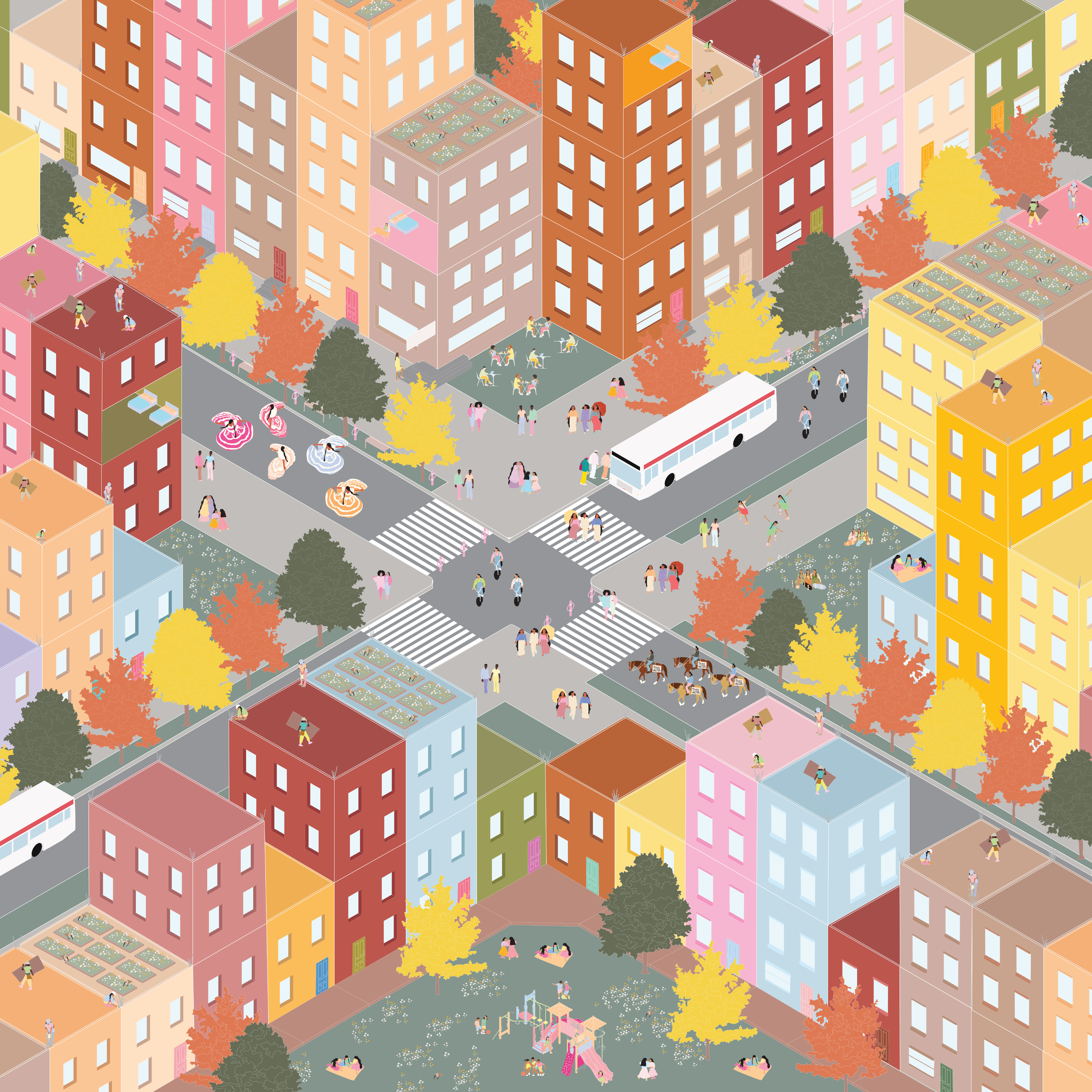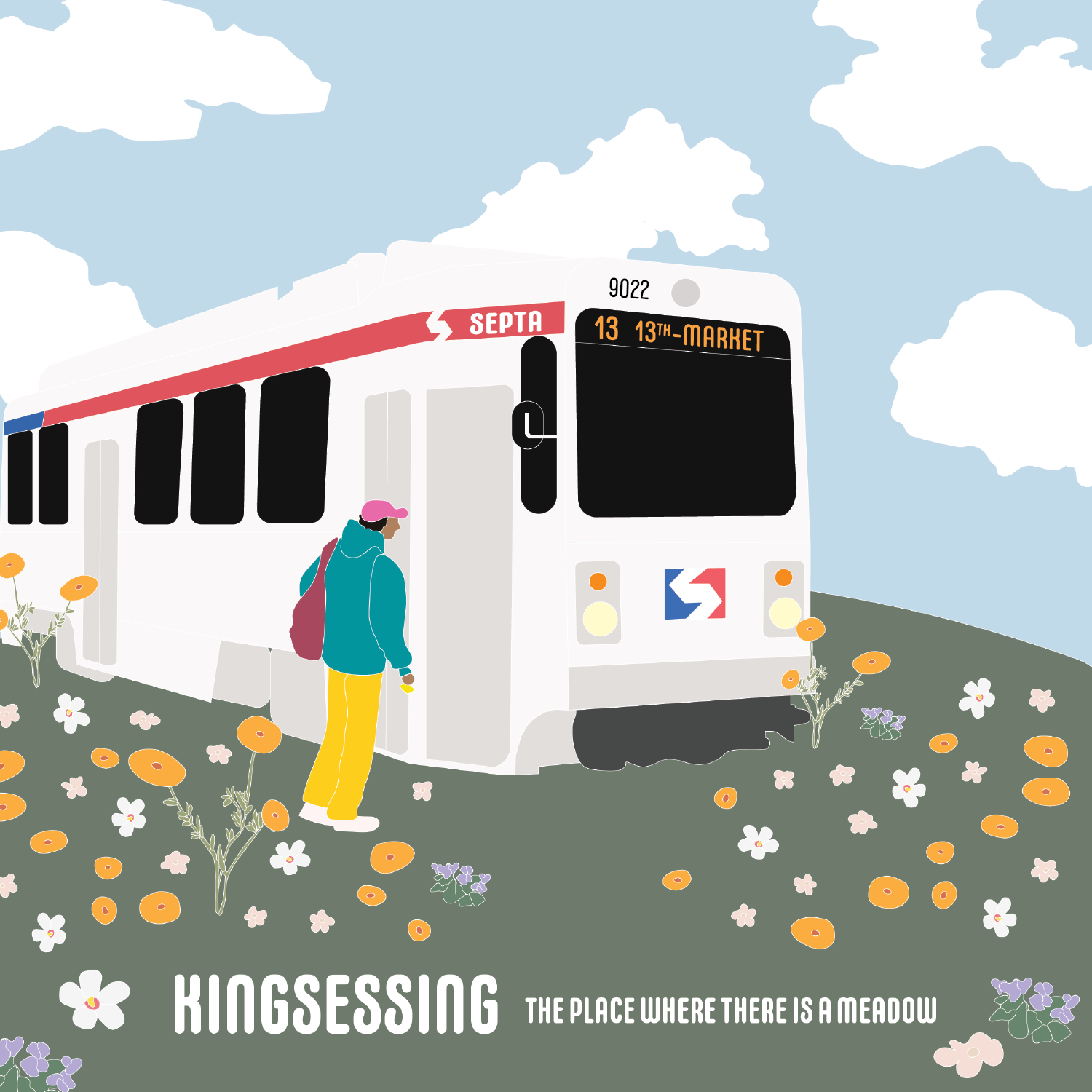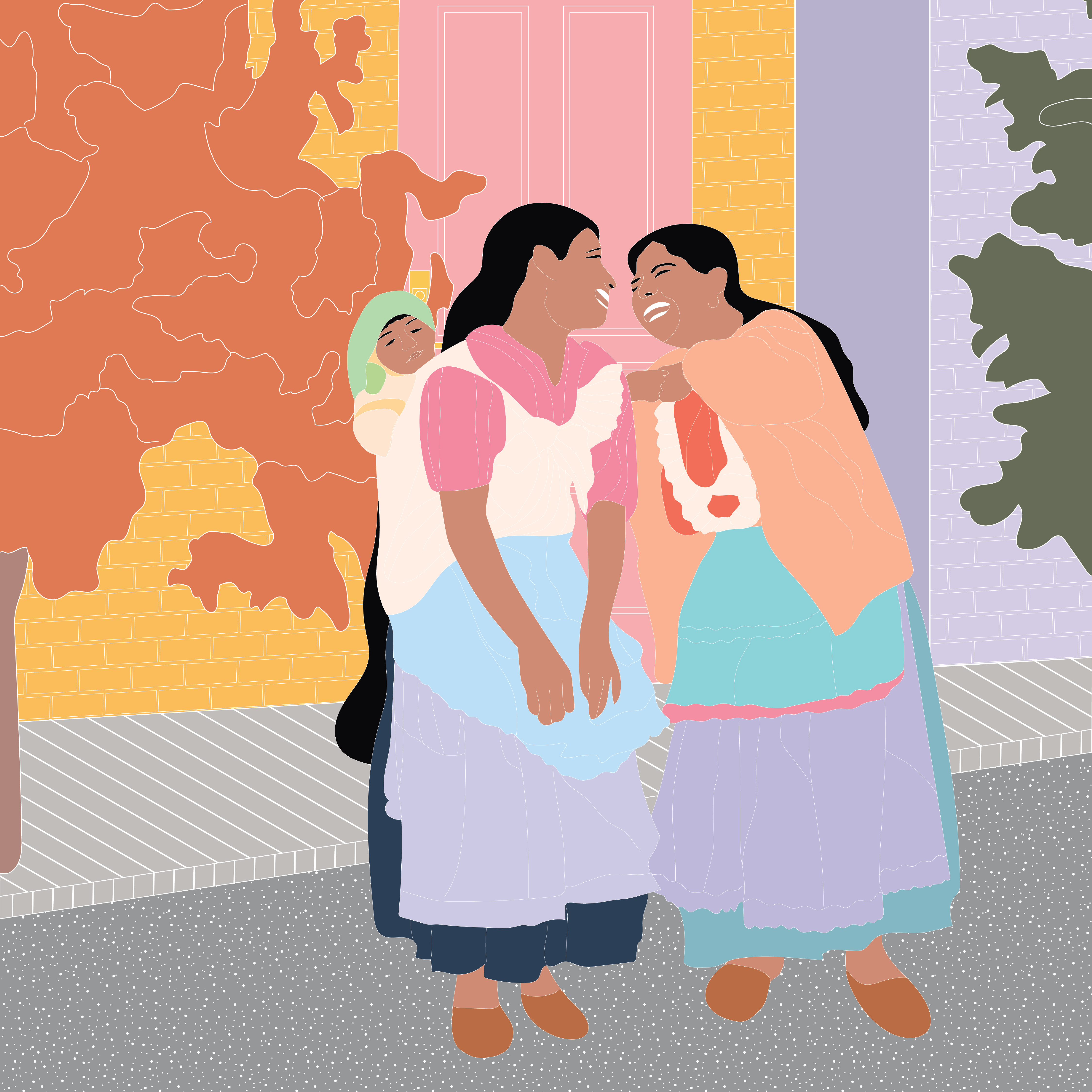Project Type: Speculative Urban Planning
Date Completed: Fall 2023
Location: Philadelphia, PA (100 years into the future)
Advisor: Lafayette Cruise︎︎︎
Philadelphia 2123: The City of Chosen Family

An Ode to the Places I Call Home
I wonder about the places I call home as if the answer changes depending on the circumstances. The Wawa will travel from 2,000 to 3,000 miles during the winter if they cannot find open water and eventually return to their birthplace in the spring. For years I have reconciled with seeking shelter in spaces without open water. Wedging my way into crevices that I do not belong and squeezing myself into unfamiliar forms. Sauntering about until I collided with the dirt beneath me. Back into the almond-shaped seedling with rigid edges and deep roots that grounded me into the earth.
When I think of the place where I grew up, I think of my family of four: my mother, father, brother, and me. Our home is based on the outskirts of the city just above a small river town that possesses familiarity around each corner. A thoughtful place to raise a family with the shared goal of keeping us safe and secure. Tucked away in single-family homes and McMansions that have been copy-pasted over and over again. Our home is no different from the rest, but somehow holds all of my childhood memories and beyond. I was brought here a week after I was born across the river in Trenton, New Jersey. An ironic juxtaposition to the life that was to become my reality. A life given to me as the byproduct of displacement and the result of mass migration into unfamiliar territory and unknown landscapes. And for this, I should be grateful. Safe and protected by a population that could never truly accept me.
When I think of the place where I come from, I think of my ancestral homeland thousands of miles south of a blurred line drawn in the sand. Wedged between mountain ranges and covered by a layer of fog. My birth mother was born here, in a small remote village high above the city of Oaxaca. Once a place I could only dream of through the memories of my birth mother and the tokens of culture passed down to me for special occasions. Now a place I have experienced on my own. I think of stepping off a plane with a passport that unlocked the barrier between me and a journey back home. The guilt associated with experiencing a place where she could not return. To be a stranger amongst faces that resembled mine and for the first time in my life transform a dream into reality. A place to call home that I have never lived in. A place to call home through heritage, culture, and community. A place for me and my half-sisters to contrast our existences in the states.
I dream of a place for my daughter to call home without hesitation. Fostered by a collective of heterogeneous individuals that come together as a chosen family. A world with the queer urge to grieve through expressions of joy and to care for the collective. Safe spaces that derive from interdependence and community. I hope for a future where she does not have to justify her existence, or her resilience but rather, embraces it. Acknowledge the growing pains and recognize the beauty of change. To grow up with the people I always needed and still do.


Wawa
They are born on the outskirts of the city, where Delaware makes its way down the landscape and floods into the coast of the Philadelphia shoreline. A place the Lenni Lenape Nation refers to as Shackamaxon or “place of the council”. They spend time roaming the plush field of grass and wildflowers that lead to the edge of the water. Behind the tall reeds in the water, you’ll find nests with eggs with caregivers close by. They travel back every spring to find newly built structures that always remember their existence. Newly built rooftops with wild produce grown along the city skyline await their return as they stop to rest or refuel on their journey.
They have grown to co-exist with humans. There was once a time when they’d chase someone for holding a hoagie too close to their young. Ever since the city disbanded the use of automobiles within community centers, the Wawa have begun to gather again. Even with the increased severe storms and harsh winds the Wawa continue to migrate. This might be due to the dissipating pollution or lack of black smoke emulating the night sky. But we know that if they are to continue to come to Philadelphia, we must choose to support the Wawa throughout their journey back home. Whether that be from the coastline of Schackamaxon or the Northern tip of Mexico, they will always have a home here.


Itzel & Yatzil
Itzel carried Yatzil on her back when she crossed over a month ago. Yatzil was only six months old when they made the journey to Philadelphia. A new place to call their home, in a new county, and with a new life. They arrived on a SEPTA bus that carried them from one end of the city to the other. Even so, they realized that although convenient, SEPTA was only necessary when traveling outside the community centers. This meant that they could walk to their first destination inside the community center. The city was overrun by new housing and with the open border policies welcoming immigrants, migrants, and refugees, Iztel and Yatzil were housed within the first week of being in Philly.
A small one-bedroom apartment would become their home in the months to follow. Itzel picked out a pastel pink to cover the walls of the bedroom she and her daughter shared. It reminded them of their village in Oaxaca. Except the whole city somewhat reminded them of home. Similar vibrant colors lineaged across each facade of the surrounding buildings. Each a different color. It was interesting to see a community of color inside a community of color. Itzel was confident in their ability to adjust to this new space and hopeful for the new friends and family they were bound to meet.

Luna & Sol
Luna and Sol met during their freshman year at university. Both attended two different Public Philadelphia Schools but ended up studying at the University of the Arts at the same time. Sol was a fine arts major while Luna studied design. Their work focused on similar subject matters but always was produced differently. Even with differing schedules and studio spaces on other sides of the community, Luna and Sol always spent their nights together.
They shared their first kiss on top of an empty rooftop construction site beneath the stars. They had never done that before, let alone had partners before one another. They spent the whole night talking to each other until the sun came up. Once the construction workers began to pour in, they needed to run for it. Back in the studio, Sol focused on a new painting series highlighting queer Indigenous partnerships. It wasn’t something out of the ordinary in this day and age, but it was something extraordinary to them. Luna focused on designing a studio space that could merge fine artists with designers. Her excuse was that her initiative design would draw the university community together, but she wanted to be closer to Sol if she could.
︎Land, Being, & Belonging: The Power of Coexistence in the Ever-Changing World
︎Building with Nature: Windcatcher Towers in La Campana
> Philadelphia 2123: The City of Chosen Family
︎ Ecosystems Know No Borders: Reimagining Regeneration Through Transboundary Coexistence
︎ The Phases of Living: Comfort Wall
︎ Urban Ecologies: Rhythms of the City
︎About
︎Home
